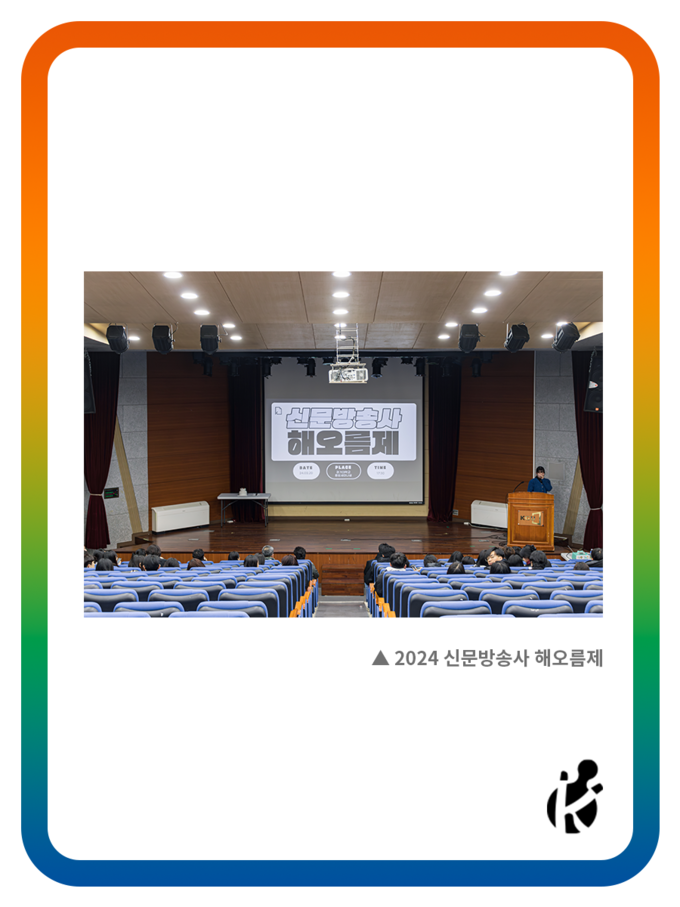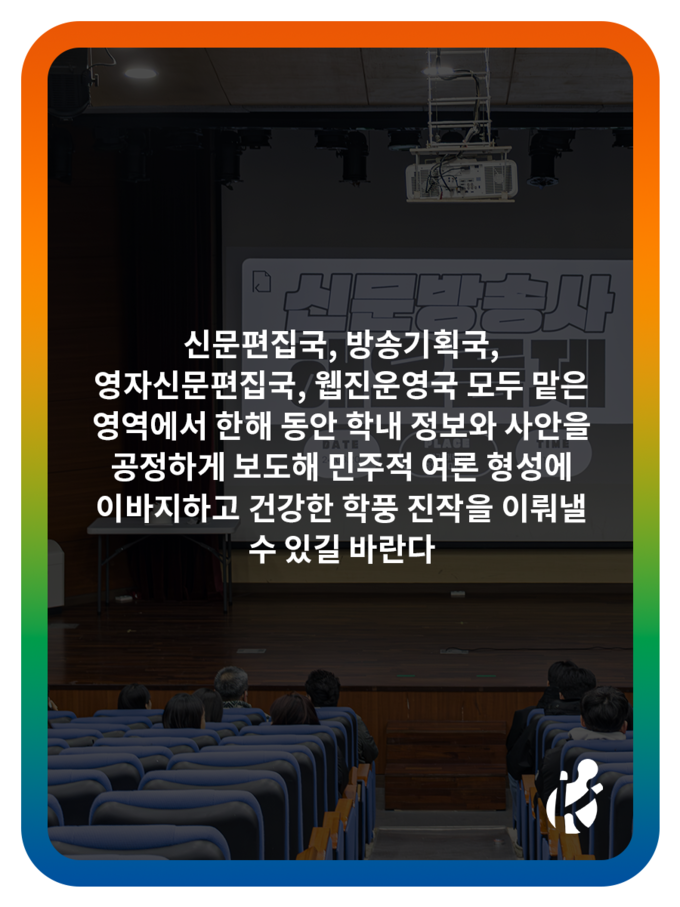One of the biggest topics in South Korea in 2024 is the problem of population decline due to the low birth rate. Until the 1970s, the total birth rate was so high that there was a slogan, “Let’s have only two children and raise them well, not distinguishing between son and daughter.” However, the current birth rate in Korea is so serious that it is difficult to find a precedent in terms of its level and duration. The total birth rate decreased by about 86.4% from 5.95 in 1960 to 0.81 in 2021. It’s the largest decline among 217 countries worldwide. Of course, Korea is not the only country with a low birth rate problem. Low birth rates are common in all developed countries. However, Korea’s total birth rate is the lowest level in the world. Korea faces the most serious problem of low birth among OECD member countries. In fact, Korea’s 20-year decline is on par with other developed countries’ 100-year decline.

According to the Statistical Office’s Living Time Survey, women performed twice as much housework as men regardless of whether their household was single income or dual income. This means that regardless of household type, housework is still mostly done by women. It can be confirmed that this phenomenon affects the birth rate in Korea. As a solution, the government devised a policy for work-family balance. Work-family balance refers to a system that allows workers to work yet still have enough family time by supporting pregnancy, childbirth, and childcare. In our society, the work-family balance system emerged to support women’s economic activities by alleviating the double burden of women performing both housework and workplace labor. However, the right to balance work and family is now recognized as a matter of life not only for women but also for men. Furthermore, it is emerging as an indispensable management strategy for sustainable growth, not just for workers. For this reason, not only the government but also private enterprises are actively implementing it. The most representative company is POSCO. The low birth rate was selected as one of the representative social problems that companies must solve as a member of the social community. POSCO has been making efforts to solve this problem. Since June 2020, POSCO has established and operated a kindergarten in Pohang-si and Gwangyang-si to create an environment for work-family balance. It is a workplace daycare center jointly established and operated by employers consisting of major companies and small and medium-sized businesses for their employees. In addition, POSCO strives to encourage employees to give birth and avoid career breaks during childcare. It is implementing a “home-work system” that allows baby care and work at the same time. POSCO shares the perception that employee happiness is an important part of the company’s competitiveness. For this reason, POSCO is a good example of a ‘family-friendly company.’
For several decades, a lot of countries have faced low birth rate issues. Measures to solve these issues are gaining more traction. There are examples from Germany and Sweden. Germany has been implementing various policies to increase the birth rate. One of Germany’s policies is reinforcing maternity subsidies and the parental leave system. The German government is offering financial support to the parents who gave birth and implementing a parental leave system that allows the parents to lead their work and family in a balanced way. Sweden supports the parents’ flexibility to take care of their children by developing a preschool education system and parental leave system. Also, the Swedish government makes an effort to create harmony between family and the parents’ professional life by promoting social participation of women and supporting career development.
Korea is implementing various policies to increase the birth rate as well. The Korean government is trying to decrease the pressure of taking care of children through reinforcing maternity subsidies, the parental leave system, the preschool education system, and social participation of women. Korea’s system, however, is still not effective enough to increase the birth rate. Maternity subsidies could offset a part of the cost which occurs during childbirth. At the same time, it can’t properly solve the economic pressure which is one of the reasons for the reluctance to have children. In addition, even though the parental leave system could help support families, deep-rooted structural and cognitive problems have not been solved yet. Deep-rooted cultural aspects take time to change. Specifically, women can be constrained with regard to either career or financial compensation. Therefore this can negatively influence their social status and economic independence. Every measure addressing the low birth rate in each country has successful elements but still has limits and is criticized. These criticisms point out the shortcomings and urge more effective measures. Policies to promote women’s social participation and division of family responsibility are needed. Measures must focus on reducing parents’ economic pressure, too.
There’s another serious problem: overseas adoption. The biggest reason for overseas adoption in the past was mostly economic problems. In contrast, the extraordinarily higher number of overseas adoptions compared to current per capita income is explained by Korean cultural characteristics. Blood-centered family relationships and Confucian morality are pointed out as the biggest causes. Many Koreans are reluctant to raise children who are not of their own bloodline and instead want biological children. Another recent problem is the rapid increase of single mothers. Typically, single mothers and their children are regarded as shameful because of Confucian morality. The fetuses of single pregnant women are often aborted or even abandoned when they are born. The biggest reason that single mothers can’t raise their children is social bias and lack of institutional support. Currently, the Korean government’s institutional support is insufficient compared to the social interest in overseas adoption. The Korean government has come up with various measures to encourage childbirth due to the low birth rate, but measures to prevent undesirable overseas adoption are not being seriously considered.
Accordingly, our society executes the Vulnerable Child Protection Policy to limit overseas adoption. These protecting measures should make an effort to guarantee the children’s safety and health, protect their rights, and create an inclusive society. There are three representative measures within this policy. First, there is the provision of social welfare programs. Social welfare programs are provided for children in vulnerable social groups in many countries. This is to protect children from domestic violence, abuse, abandonment, and poverty. These programs ensure the safety of children by identifying dangerous factors and providing appropriate support and measures. Second, there are requirements for education and child care services. To children in vulnerable social groups, ensuring accessibility of education and child care services is crucial. This allows children to grow safely and be supported through free or subsidized support. Third, legal protections are required. Legal and policy protection is needed to protect children in vulnerable social groups. It is necessary to strengthen laws for the prevention of child abuse and improve policies to protect children’s rights. These protective measures play an important role in creating an environment that enables children to grow up safely and healthily and allows them to be socially embraced and supported. However, policies to protect children in vulnerable social groups need to be continuously evaluated and improved. Furthermore, such policies must be flexibly adjusted to meet the specific needs of the community.
South Korea is currently facing the prospect of a rapid population decline. What efforts are being made by the government to prevent this? The policies that the government has put forward to curb low birth rates only involve financial support for those who have already had children rather than creating a better environment for raising children. Korean youth desire a proper environment for raising children, not just financial assistance. The media only emphasizes the dangers of the low population without delving into why we are experiencing low birth rates and this just makes people scared. The causes of low birth rates cannot be explained simply. They are complex issues involving factors such as labor hours and housing affordability. Among them, gender discrimination, which is a serious problem, remains an issue without improvement. In a society where discussing gender discrimination in the context of low birth rates is considered a matter of the past, how can women consider having children? In the current situation, happy households may become nothing more than a dream for present-day South Korea. To solve these issues, it is essential to honestly confront the complex issues mentioned earlier and communicate with the youth while making efforts at the national level.
78th Reporter • Lee Hyeon Seo • zzhs00@naver.com
80th Reporter • Choi Jun Hong • chloi0058@naver.com
81st Reporter • An Keum Hyun • angeumhyun1@gmail.com
- TAG
-
 Shall We Dance?
There are moments that you want to get away from. Sometimes life is overwhelming and you might think that you’re too fragile. Due to personal reasons, I felt like that while working on this issue. Although I felt helpless, somehow I got over it. You control your own life. Your society is where you belong. You should take responsibility for your life and society and take good care of yourself. What I tried not to forget is this quote by Viv...
Shall We Dance?
There are moments that you want to get away from. Sometimes life is overwhelming and you might think that you’re too fragile. Due to personal reasons, I felt like that while working on this issue. Although I felt helpless, somehow I got over it. You control your own life. Your society is where you belong. You should take responsibility for your life and society and take good care of yourself. What I tried not to forget is this quote by Viv...

 [심층보도] 캠퍼스타운, 본교 발전의 초석 될까
[심층보도] 캠퍼스타운, 본교 발전의 초석 될까
 [와이파이] 성인 엑스포, 단순 행사인가 유사 성매매인가
[와이파이] 성인 엑스포, 단순 행사인가 유사 성매매인가
 [방구석 시사회] ‘괴물 형사’ 마석도, 네 번째 진실의 방으로
[방구석 시사회] ‘괴물 형사’ 마석도, 네 번째 진실의 방으로
 [진리터] 우후죽순 발생하는 이슈, 관심으로 찾을 수 있는 권리
[진리터] 우후죽순 발생하는 이슈, 관심으로 찾을 수 있는 권리

 목록
목록



















